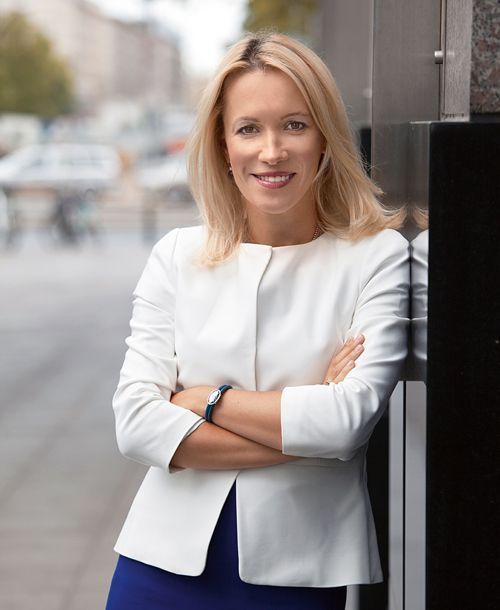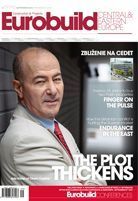Aneta Cichla, ‘Eurobuild Central & Eastern Europe’: In March Invesco Real Estate opened its Polish branch. Does this mean that for you the significance of Poland as a business location has grown?
Anna Duchnowska, the director of Invesco Real Estate in Poland : Invesco Real Estate has been active in Central and Eastern Europe since 2000. Our first purchase in Polandwas the Euromarket office building in Kraków. So, we have been operating here for fourteen years, with all assets being managed by our dedicated team based in Prague. These transactions and asset management specialists managed all our assets in Poland, the Czech Republic and Hungary. Due to the growing interest in Poland among investors, we have now decided to accentuate our presence in Poland, with the purchase of Galeria Kazimierz in Kraków in December 2013 being one of the catalysts. Retail properties are very demanding in terms of management, which is why Invesco Real Estate decided to open another loca































































